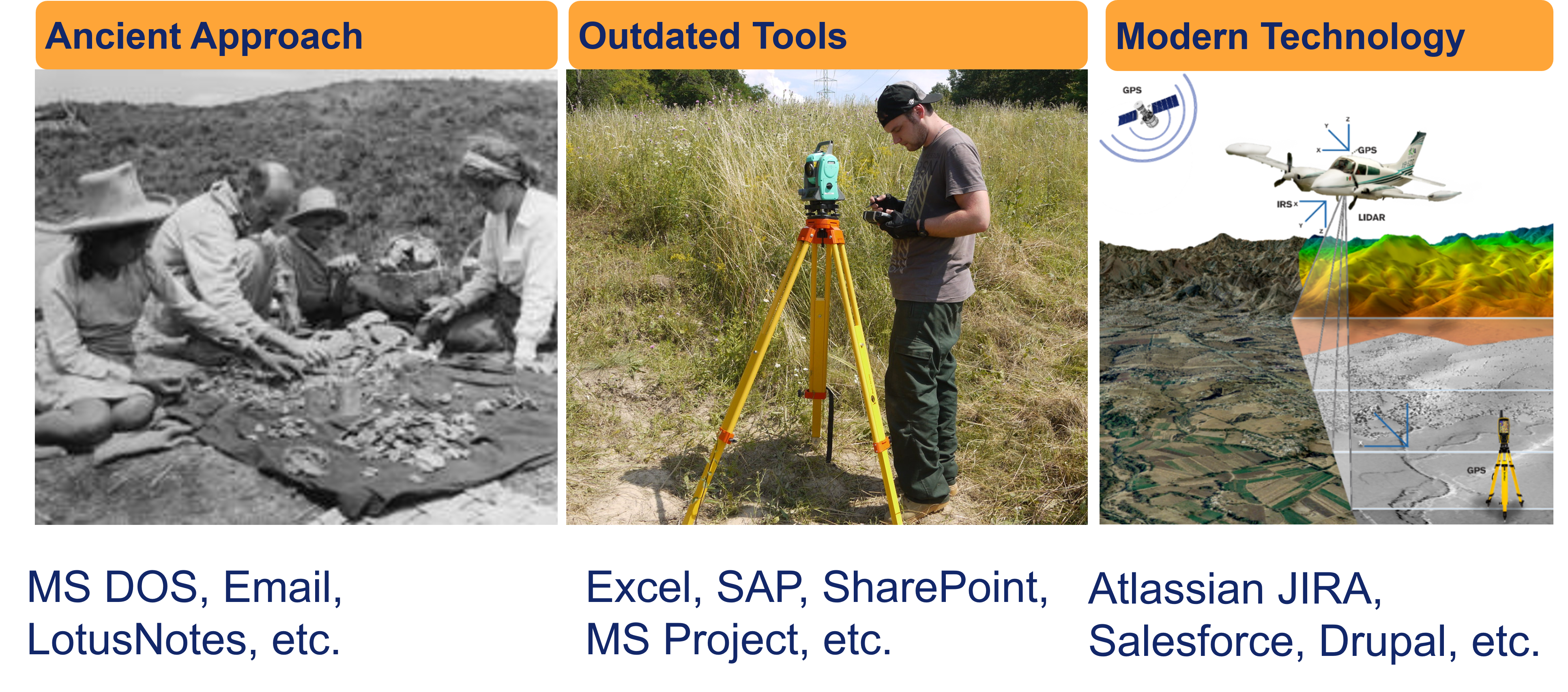For over twenty years, an archaeologist couple, Arlen and Diane, struggled through mud, rain, and other awful natural barriers to look for the lost Mayan city of Caracol. Based on the small area they found and what they believed is yet to be discovered, it would have taken a few lifetimes of other devoted archeologists to finish the job, or at least that seemed to be the case up until 2008[1]. In that very year, coincidentally, they met a biologist colleague that year who introduced them to Lidar[2], a laser-based technology that they have been using for almost a decade to map and study forests, coastal habitats and other fields.
A year later, this enlightened couple finally got a twin-engine plane to fly over an area and collect some data using this new Lidar technology. What they found was both astounding and depressing.
In a week, chilling on their couch and sipping their wine while the plane was flying back and forth, they had collected more data, with better resolution and quality and more dimensions than they had gathered in the past 25 years of hacking their way through an impenetrable jungle. Maybe the first 15 years or so was justifiable since there was no viable alternative. However, certainly the last decade was a total waste of resources, time, energy, health and, in a sum, their precious lives to pursue their goal with the same old equipment and approach, when they could have been much faster, safer, cheaper and better. Ballz.
This amazing technology had been around for so long, with numerous publications about its vast application domains in the 90s. It was nonetheless universally ignored by archeologists for over a decade. Imagine what humanity could do with the unnecessarily wasted resources in that decade, if the right technology was noticed and used at the right time. Even nowadays and after over two decades, they are still finding new areas to apply Lidar to and, as a result, get better data, in a much shorter time and with immensely lower costs. Ignorance and sticking to “Comfort Zone” is sometimes not a blessing but a paved way to enormous fuck-ups and sufferings.
Software or generally the IT industry is not an exception. And since updating or replacing digital products seems easier than physical ones, it is usually more difficult to forgive such damaging ignorance. Maybe archeologist don’t necessarily devour biology- und technology-related publications to discover relevant technologies to their field. However, it is practically THE job of every IT department[3] to identify, know, verify and acquire new solutions and technologies to help their organization be more efficient and comfortable. In many organizations they miserably fail to do this one job. Whether the reason is ignorance, personal comfort, pride, corruption or incompetence, the result is always the same for the employees and customers: they have to suffer old technologies and its financial, organizational, personal and psychological consequences.
In process and project management, which are our main domains of interest to revolutionize with Atlassian Jira, tools like Excel, SharePoint, Word or MS Project are like shovel, pickaxe and trowel in archeology. They might help to some extent, however they are simply obsolete. Modern low-code platforms are like Lidar. You use them, and you are better off in almost every meaningful benchmarking criteria. So the question is not whether to switch to the new technologies for process and/or project management. The question is why hasn’t it happened yet, and when these ancient tools and approaches will be finally replaced.
[1] It was the same year when Obama got elected and painfully proved progressives that the current two-party establishment in the US is helplessly fundamentally broken and no peaceful reform can drag the US out of their political and social gutter.
[2] Lidar stands for Light Detection And Ranging
[3] Or their organization equivalence including Business Development, Innovation & Excellence, Business Transformation Office and the like.






